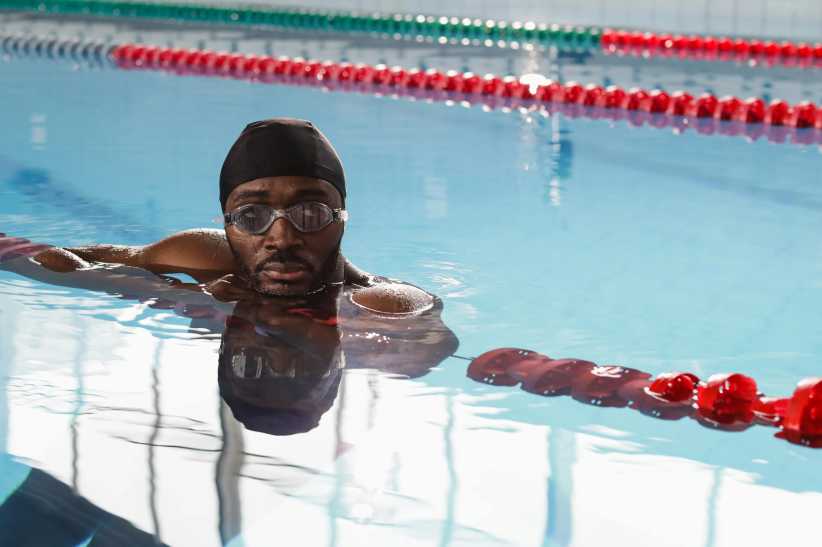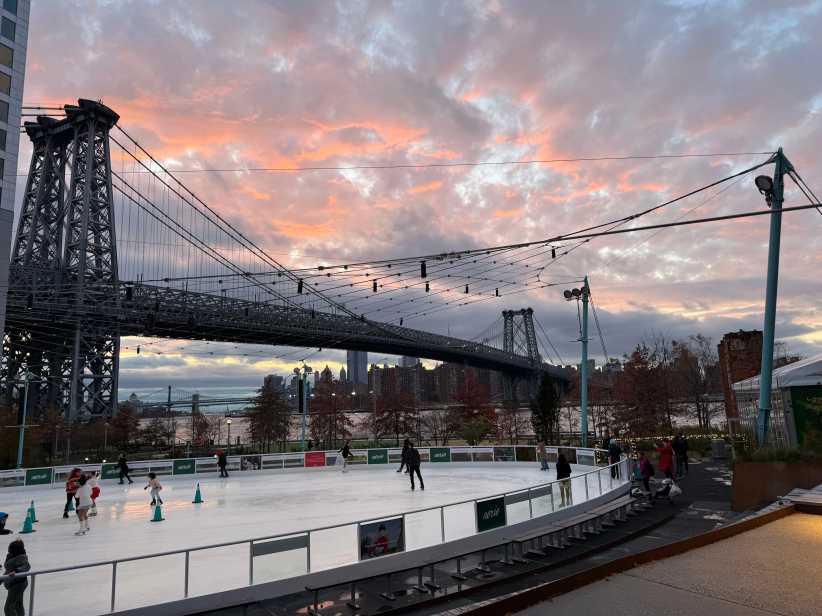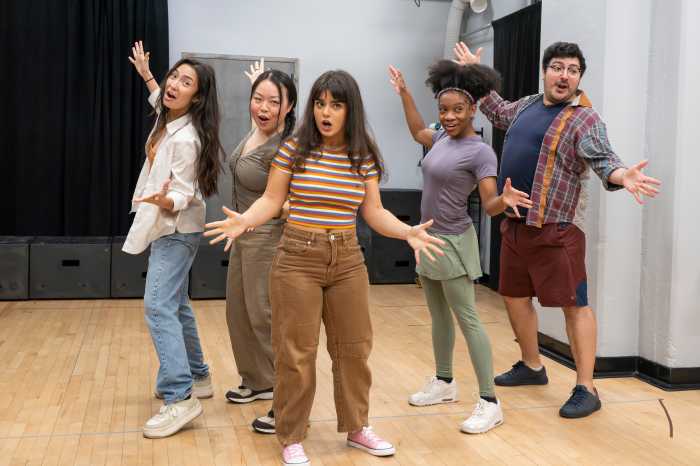
As a Person of Color, Here’s Why Learning to Swim Was So Important
Studies show that up to 70% of Black Americans can’t swim.
The first time I came to swim class, I was nervous. There I was, a 25-year-old who didn’t know how to swim, while children half my age swam laps in the pool like they had been swimming forever.
As I stood on the pool deck waiting to meet my instructor, resentment slowly came over me. Why didn’t my mom sign me up for swim classes when I was younger? I thought to myself.
Psst… Check Out Amazing Destinations for a Staycation In and Around New York City
I didn’t fear many things in life, but water was one of them. I had an experience at a water park where my swim tube flipped over in the lazy river, and though the water was only three feet, I fell into a panic as I struggled and thrashed to catch a grip and steady myself. Ever since, I have been cautious about the water, which has led to my missing out on many experiences.
When my friend and I went to the beach, I will never forget the look of shock on her face when I told her I couldn’t go past waist-length water because I didn’t know how to swim.
When I was 17 and a camp counselor, I remember having to watch the students from the side of the pool deck as they swam laps and performed all sorts of tricks in the water for me, because I was too afraid to go near the deep end of the pool. Shame and embarrassment washed over me as my instructor began talking about water safety — I realized that for the first time in my life, I fit a stereotype.
Understanding the Stigma
For years, people of color have had a troubled relationship with water. Per the Centers for Disease Control, 37% of Black people don’t know how to swim compared to 15% of all adults— more than double. There are many theories and stigmas around why people of color struggle with water.
A large part of it is fear and a lack of knowledge of water safety and swim practices. Many Black families, while they often attend the beach or pool parties, seldom go into the deep end or know the basic standard of how to hold their breath, how to float, or how to tread water. According to the CDC, drowning rates are 1.5 times higher for Black people than their white counterparts.
“There are significant barriers that prevent Black people from learning this life-saving skill,” says Paulana Lamonier, Founder of Black People Will Swim.
The organization works to break the stereotypes and fears of water in the Black community. “From overpriced lessons, lack of access to pools, and we can’t forget the lack of representation. From the false stereotype that Black people can’t swim because of bone density, expense, and lack of access and representation—the barriers are embedded—or woven—into the fabric of Black American history.”
The first theory comes from when public pools were introduced in the 1920s and 30s. Pool segregation meant less access for communities of color and less access to lifeguards. With no one to teach them and no one on duty to save them, Black community members avoided the water out of fear.
“My father and his brothers, who all grew up in New York and were children of Caribbean immigrants, were all lifeguards at the public pools. They often talked about how many African Americans and Afro-Caribbean people didn’t swim. Some of that was due to access to [swimming] lessons and pools. Sometimes, girls who pressed their hair were reluctant to get their hair wet,” says Dr. Dina Strachan, Manhattan dermatologist.
Beating the Fear
Some of that fear resonated with me when I thought of my own experience. Every time I was near a body of water, I felt this fearful sensation overtake my body, for knowing that if I fell in, I would need saving.
As my instructor taught me the basics of water safety, like blowing bubbles underwater and breathing techniques to learn how to float, I slowly felt the fear dissipate. It took a couple of tries for me to swim without a kickboard (and thrashing around violently out of fear when I didn’t have anything solid to hold onto in the water).
Lamonier started her program to help people overcome their fear and stigma because she believes it is a matter of life and death.
“In learning how to swim, there’s an 88% chance of survival not just for them, but for adults with children,” she champions.
Lamonier’s point was tragically proven during the 2024 drowning of Aisha and Zainab Mohammed, two Black teenagers who tragically lost their lives to the water while at Coney Island beach in Brooklyn. The teens left their Bronx home to celebrate their cousin’s birthday on the beach waterfront and would, unfortunately, never return home. The two teens went into the water, just looking to enjoy themselves, but the water was rough; they would never see their families again because they did not know how to swim.
22-year-old Ian Laster works in the maritime industry, so water is natural for him. However, as someone of Puerto Rican descent, he also understands the built-in fear of water and is determined to beat it.
“Swimming is a good skill to learn and a survival aspect. Having the ability to swim not only shows a level of bravery, but it could also help in saving someone’s life.”
Lamonier acknowledges that there is still a lot of work to do in the community, but believes that taking a dip in the water and working to educate yourself is the first step.
“Individuals can educate themselves with swim lessons and by practicing water safety. And, most importantly, they should understand where that fear stems from. Is it from near-drowning experiences, fear passed on from their parents, lack of education on swimming/water safety, or something else? Understanding the root of the fear can help guide you to the right next step. Fears are real—however, so is overcoming them.”
Psst… Check Out Free Family Activities at South Street Seaport Museum This June













